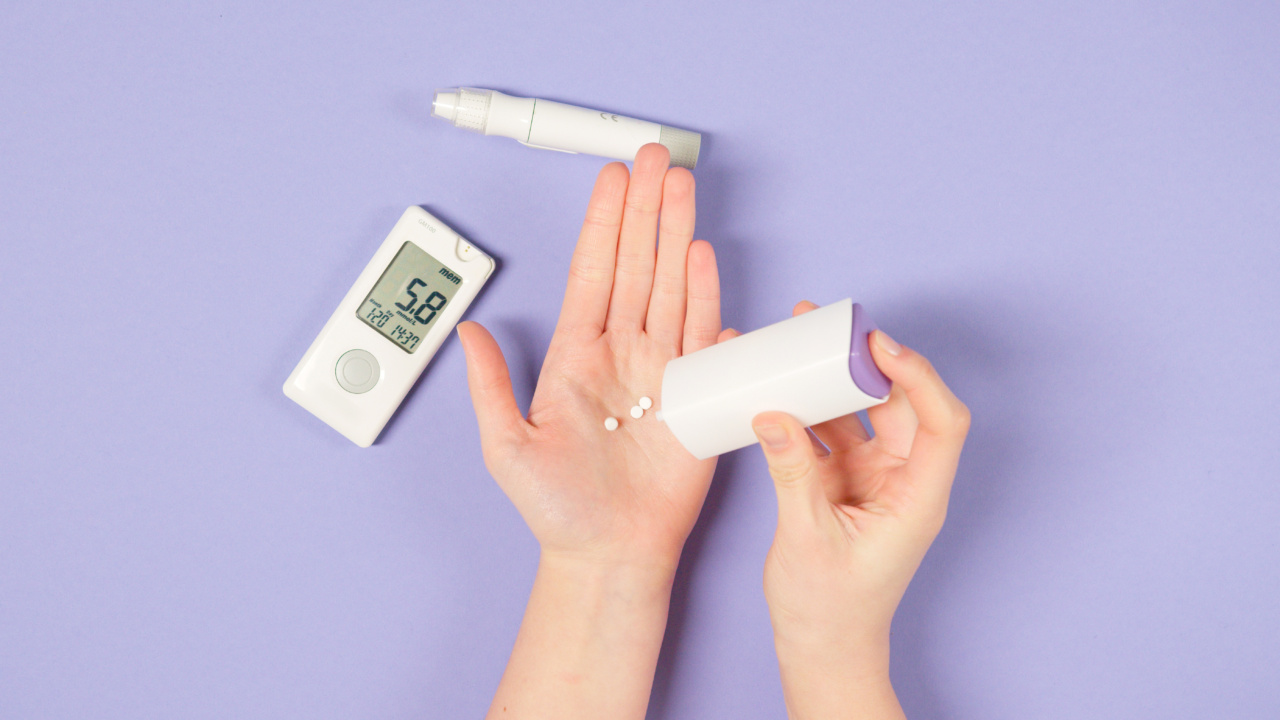High blood pressure, also known as hypertension, is a common condition that affects millions of people worldwide. It occurs when the force of blood against the artery walls is too high, putting strain on the heart and blood vessels.
Left uncontrolled, high blood pressure can lead to serious health complications, including heart disease, stroke, and kidney problems.
Common Treatment for High Blood Pressure
Managing high blood pressure often involves lifestyle changes, such as adopting a healthy diet, engaging in regular exercise, quitting smoking, and reducing stress.
However, for many individuals, these measures may not be sufficient in controlling their blood pressure. In such cases, medication is commonly prescribed to lower blood pressure levels and reduce the risk of complications.
The Importance of Medication in Blood Pressure Management
Medication plays a crucial role in the treatment of high blood pressure as it can effectively lower blood pressure to safe levels.
There are several types of medications available, each working in a different way to achieve the desired blood pressure reduction. However, finding the right medication and treatment approach can be challenging, and sometimes adjustments need to be made to achieve optimal results.
Double the Dose: When is it Appropriate?
One common approach to managing high blood pressure is doubling the dose of the current medication. This strategy is often considered when the initial prescribed dose does not effectively reduce blood pressure.
Doubling the dose increases the medication’s effect, potentially leading to better blood pressure control.
The Benefits of Doubling the Dose
Doubling the dose of medication can be beneficial for individuals who have initially responded well to the medication but have experienced an increase in blood pressure over time.
By increasing the dose, the medication’s blood pressure-lowering effects may be enhanced, effectively bringing blood pressure back into a healthy range.
Risks and Considerations for Doubling the Dose
While doubling the dose may seem like a logical solution, it is essential to consider the potential risks and side effects. Doubling the dose may increase the risk of adverse effects, which can vary depending on the specific medication.
Additionally, some medications may have a maximum recommended dose, beyond which further dose increases may not provide any additional benefit. Consulting with a healthcare professional is essential before making any changes to medication dosages.
Change the Medication: Exploring Different Options
Changing the medication is another approach that may be considered when the initial medication fails to adequately control blood pressure.
There are various classes of antihypertensive medications available, including diuretics, beta-blockers, calcium channel blockers, ACE inhibitors, and ARBs. Each class of medication works differently to lower blood pressure, and switching to a different medication can provide alternative mechanisms to achieve better control.
The Benefits of Changing the Medication
Switching to a different medication can be beneficial for individuals who have experienced inadequate blood pressure control or intolerable side effects with the current medication.
Different medications have varying modes of action, and a change in medication can provide an opportunity to target blood pressure in a more effective way. It may also help identify any individual variations in response to specific classes of antihypertensive medications.
Risks and Considerations for Changing the Medication
Changing the medication carries its own set of risks and considerations. Some medications require a tapering off period before starting a new medication, while others can be switched more directly.
It is crucial to consider potential medication interactions, allergies, and individual health conditions before making any changes. Close monitoring, follow-up, and communication with a healthcare professional are especially important during the transition period.
Individualized Treatment: The Ultimate Goal
When it comes to managing high blood pressure, there is no one-size-fits-all approach. Each individual’s response to medication can vary, and the optimal treatment strategy may differ for different individuals.
A personalized approach, considering factors such as age, overall health, presence of other medical conditions, and medication side effect profile, is crucial in achieving optimal blood pressure control.
Consulting with a Healthcare Professional
Deciding whether to double the medication dosage or change the medication altogether requires careful consideration and should always be done in consultation with a healthcare professional.
The healthcare provider can assess the individual’s specific needs, monitor their response to treatment, and guide them in making the most appropriate decision. Regular check-ups and open communication with the healthcare provider are vital to ensure ongoing treatment success.
Conclusion
High blood pressure, if left uncontrolled, can significantly increase the risk of cardiovascular complications. While lifestyle modifications are crucial in managing blood pressure, medication often becomes necessary.
Doubling the medication dose and changing the medication altogether are two potential approaches to optimize blood pressure control. Each option carries its own benefits, risks, and considerations, and a personalized treatment plan should be developed in consultation with a healthcare professional.
With the right treatment approach and ongoing monitoring, individuals can successfully manage high blood pressure and reduce the risk of associated health problems.





























